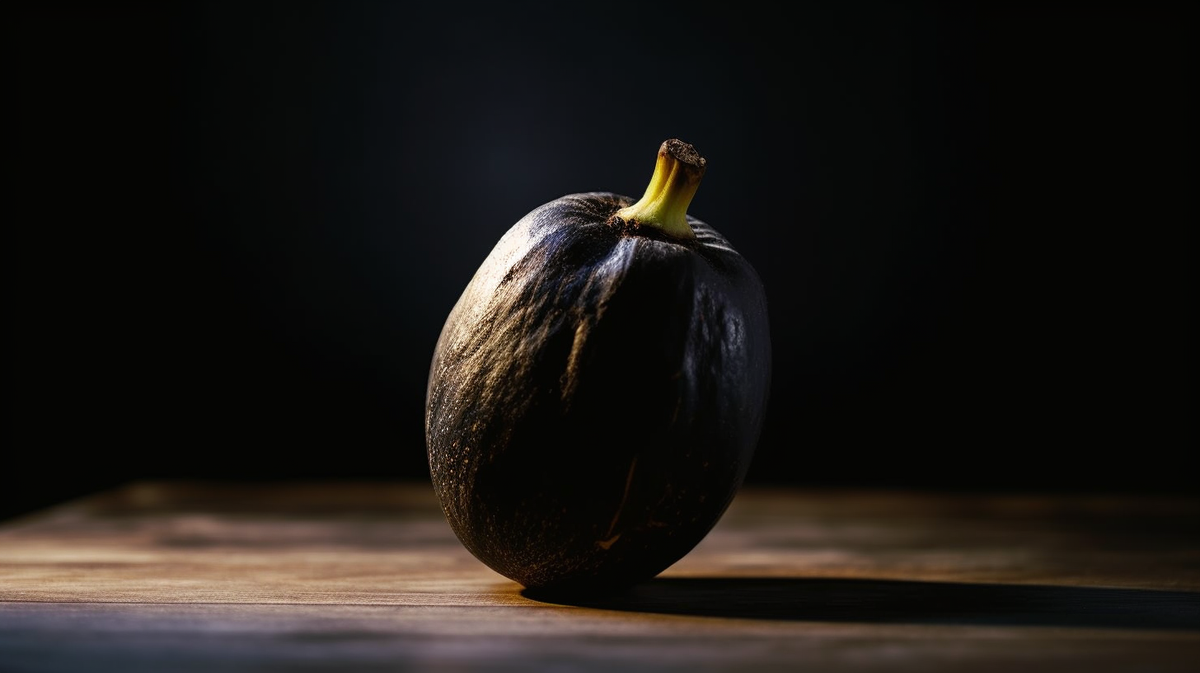Baobab
- Berries & Fruits
The baobab fruit, scientifically known as Adansonia digitata, is a large, oval-shaped fruit that grows on the baobab tree, also known as the "tree of life" or "upside-down tree." The fruit pulp inside the shell is powdery and has a tangy, citrus-like flavor.
Baobab trees, are remarkable for their longevity, living over 6,000 years. They store water, serve as wildlife habitats, and hold cultural significance in African communities, symbolizing wisdom and protection.
Baobab fruit is highly nutritious, rich in vitamins, minerals, and fiber. It possesses potent antioxidants, including polyphenols and flavonoids, protecting against oxidative stress and chronic diseases. Its high vitamin C content supports the immune system by aiding white blood cell production. Studies suggest baobab fruit aids in blood sugar regulation, thanks to its fiber content, slowing carbohydrate digestion and preventing spikes. In summary, baobab fruit offers essential nutrients, antioxidants, immune support, and potential blood sugar benefits.
References:
Braca, Alessandra et al. "Phytochemical Profile, Antioxidant and Antidiabetic Activities of Adansonia digitata L. (Baobab) from Mali, as a Source of Health-Promoting Compounds." Molecules, vol. 23, no. 12, 2018, article 3104. doi: 10.3390/molecules23123104.
Coe, Shelly A., et al. "The polyphenol-rich baobab fruit (Adansonia digitata L.) reduces starch digestion and glycemic response in humans." Nutr Res, vol. 33, no. 11, 2013, pp. 888-896. doi: 10.1016/j.nutres.2013.08.002.
